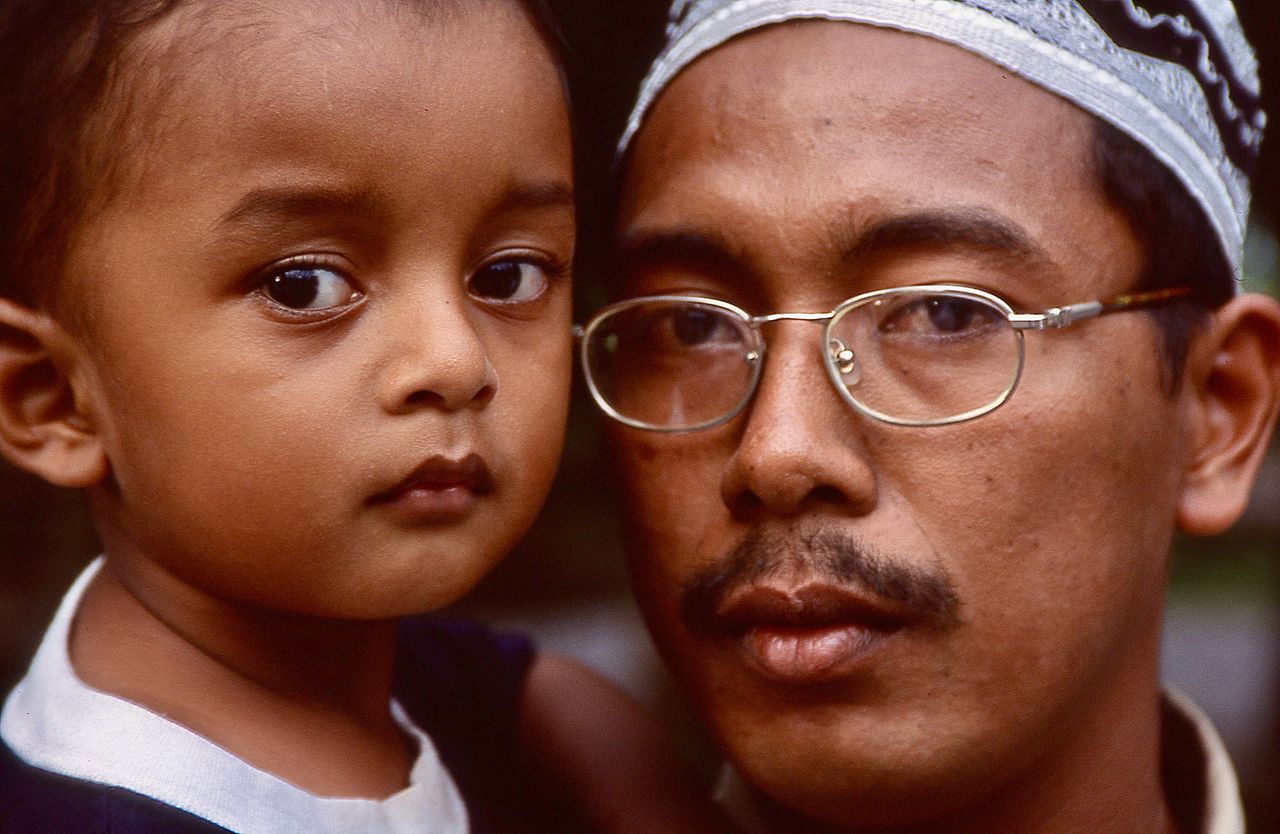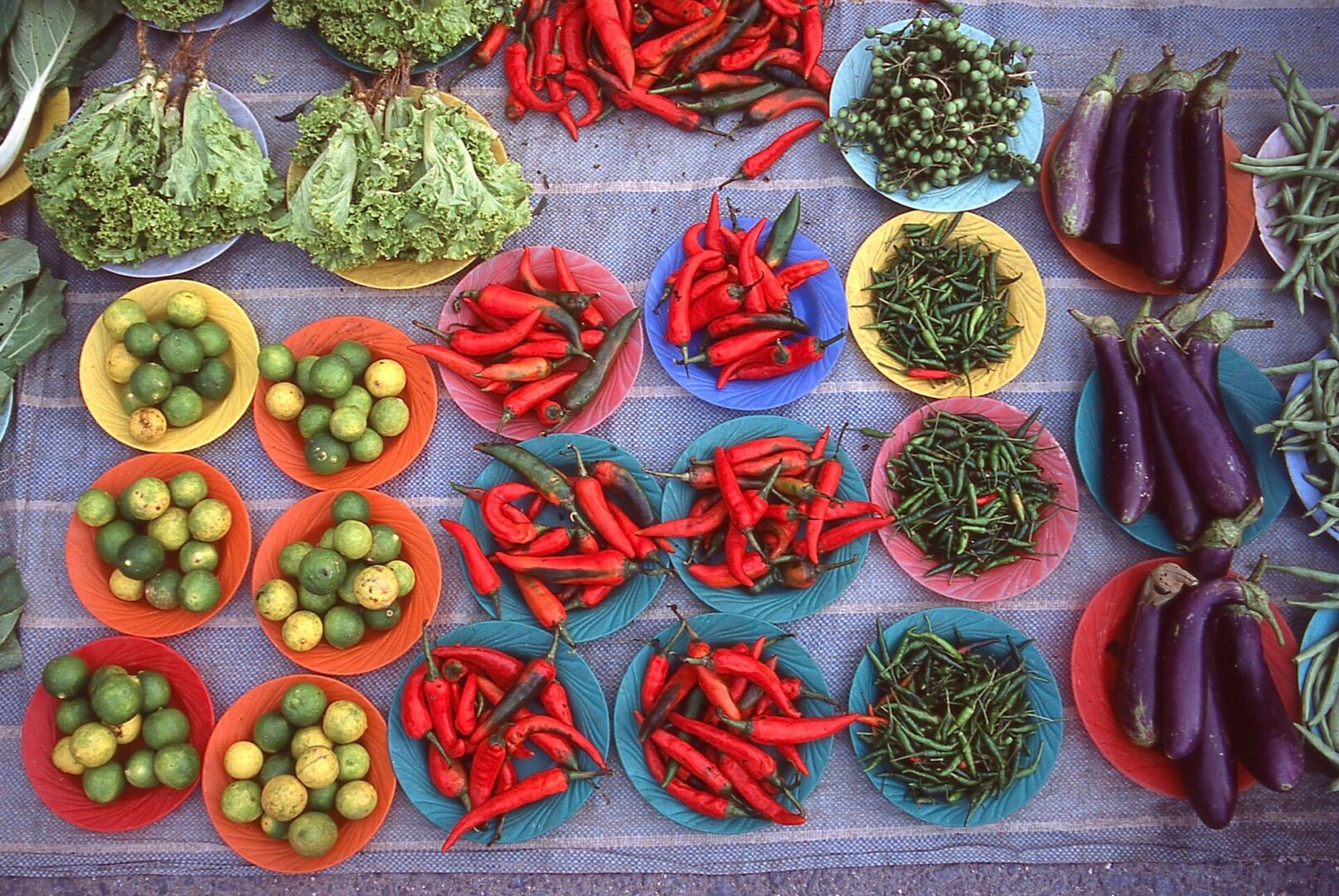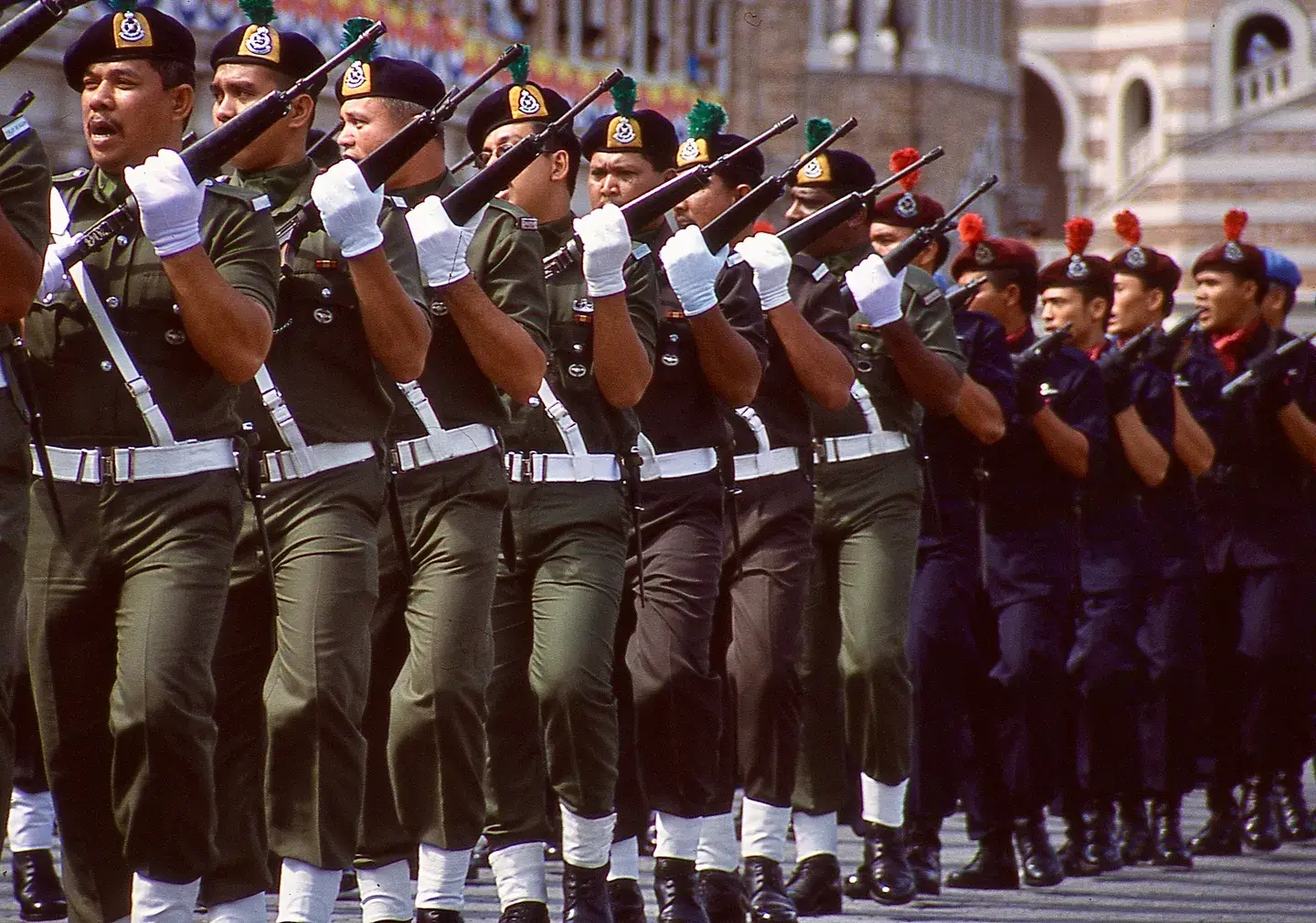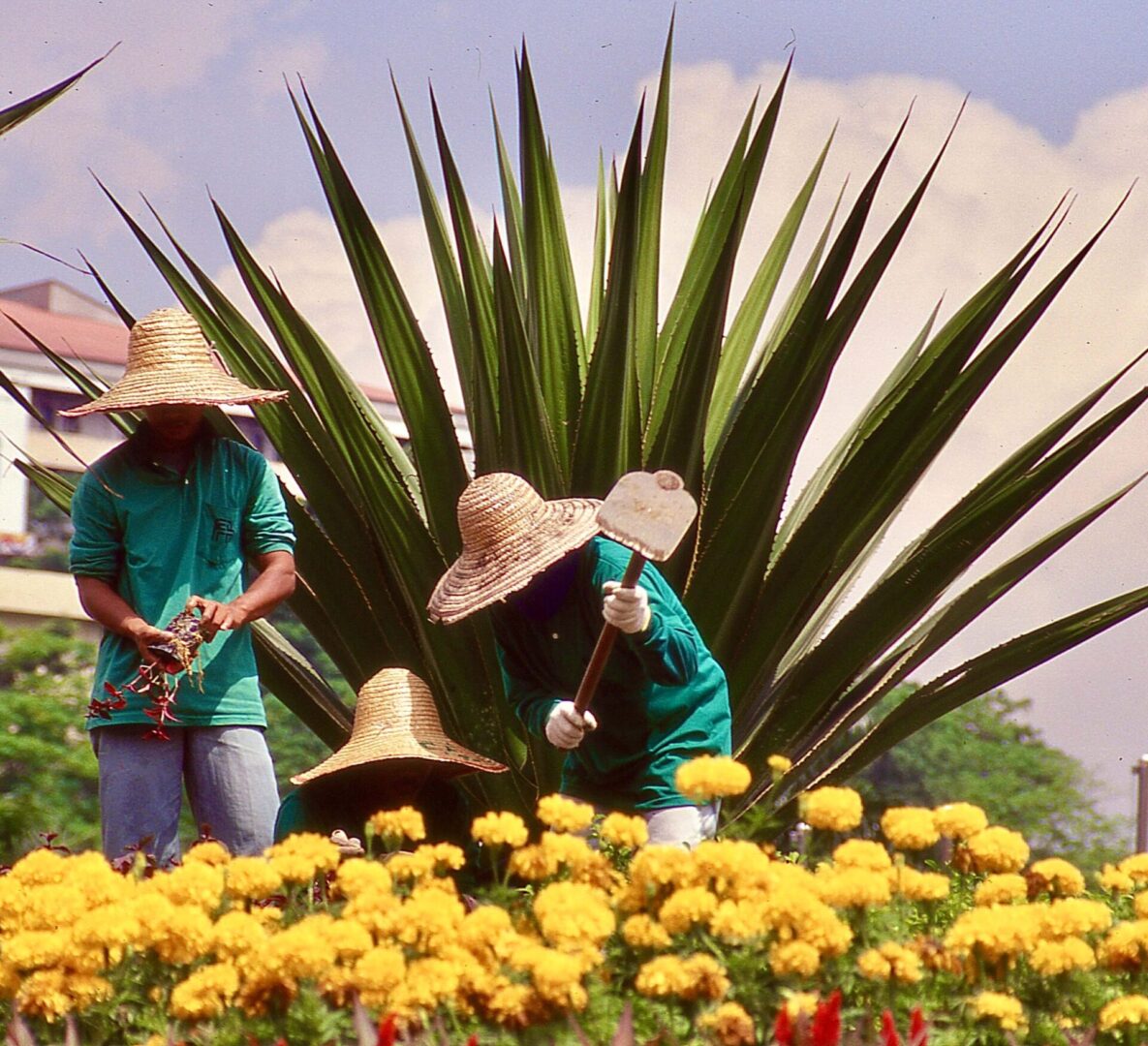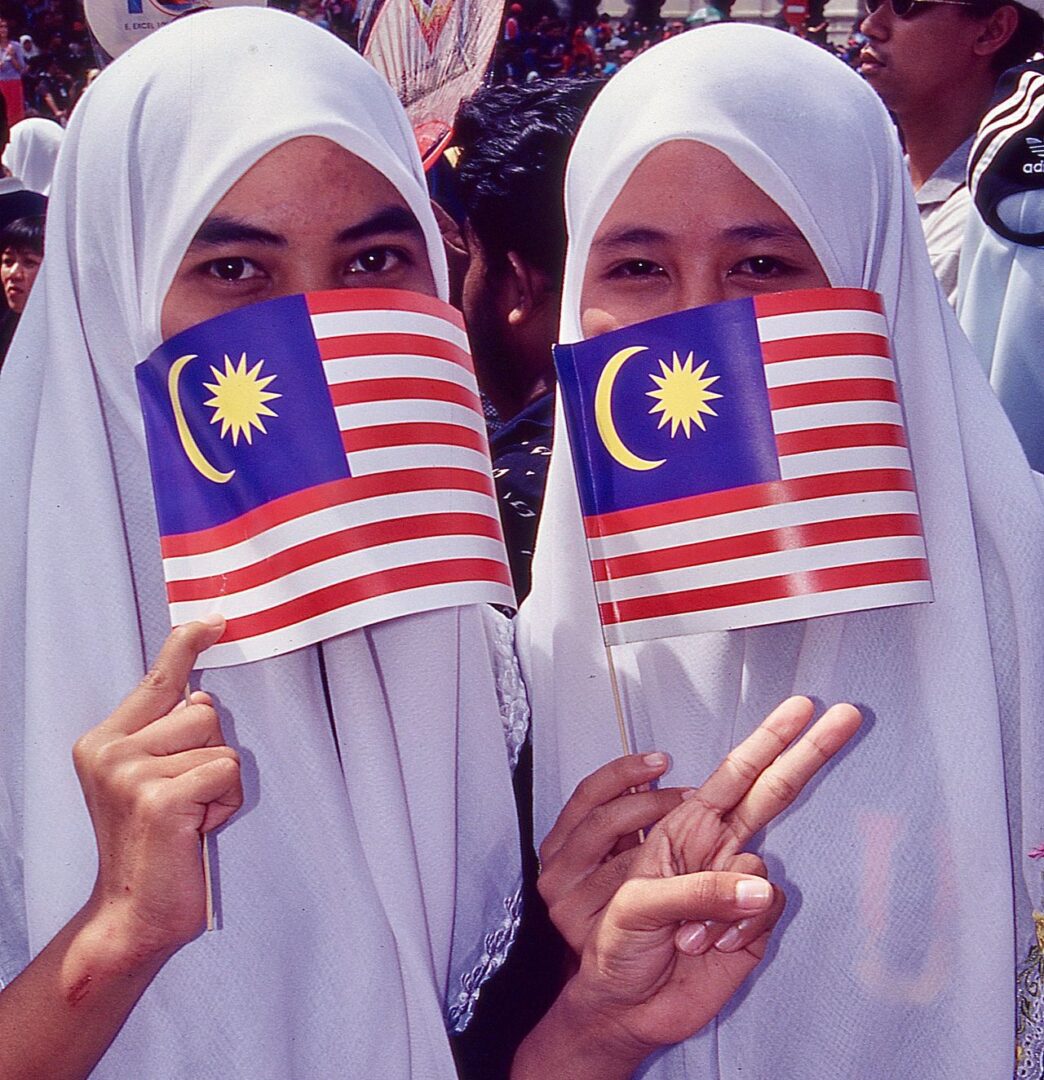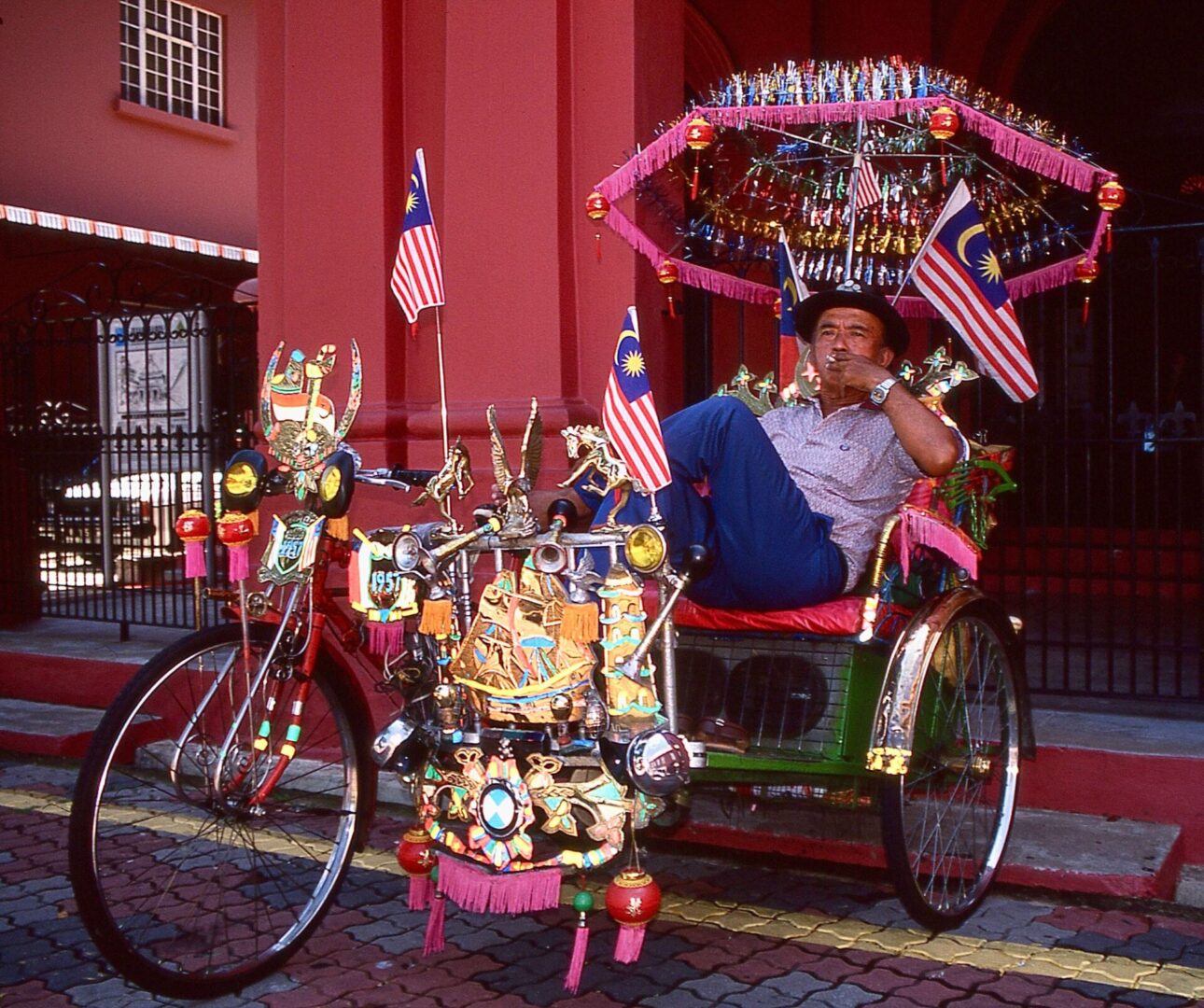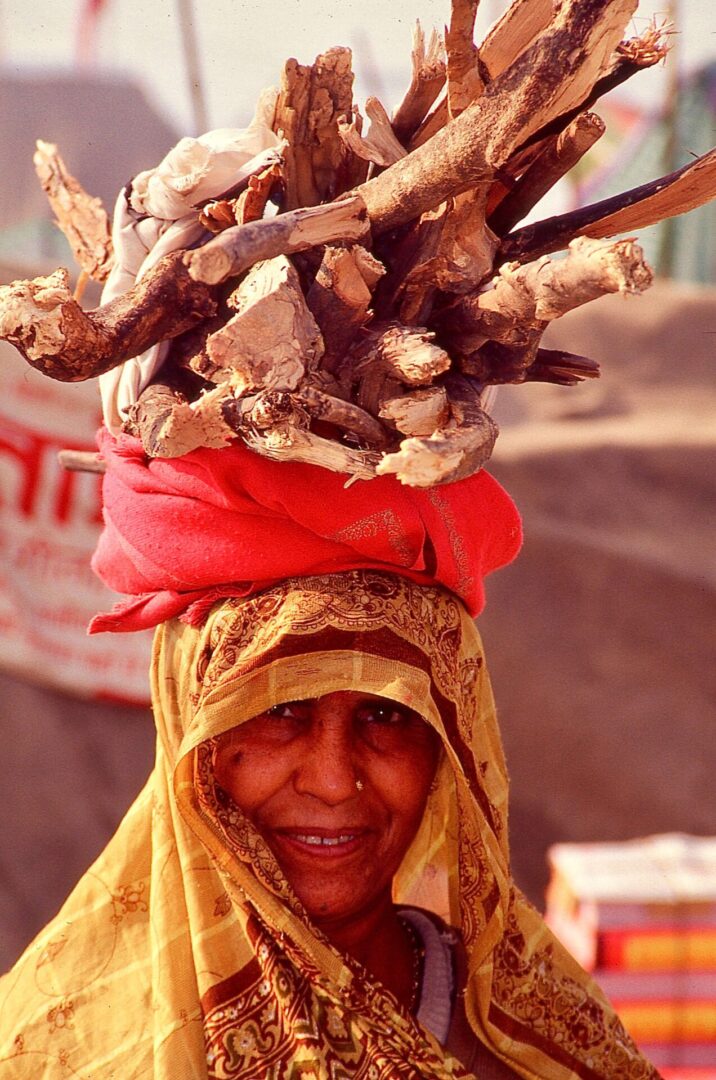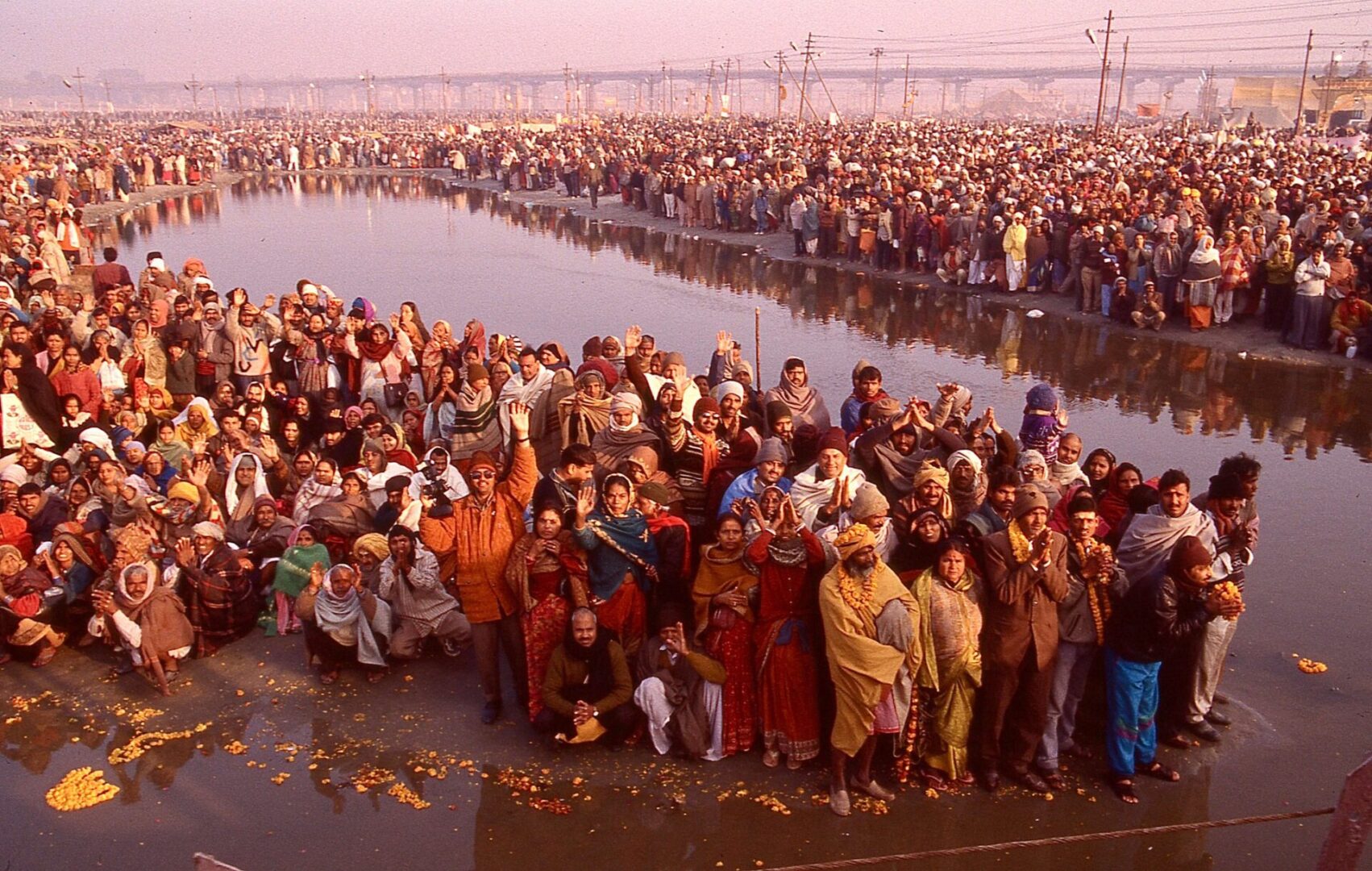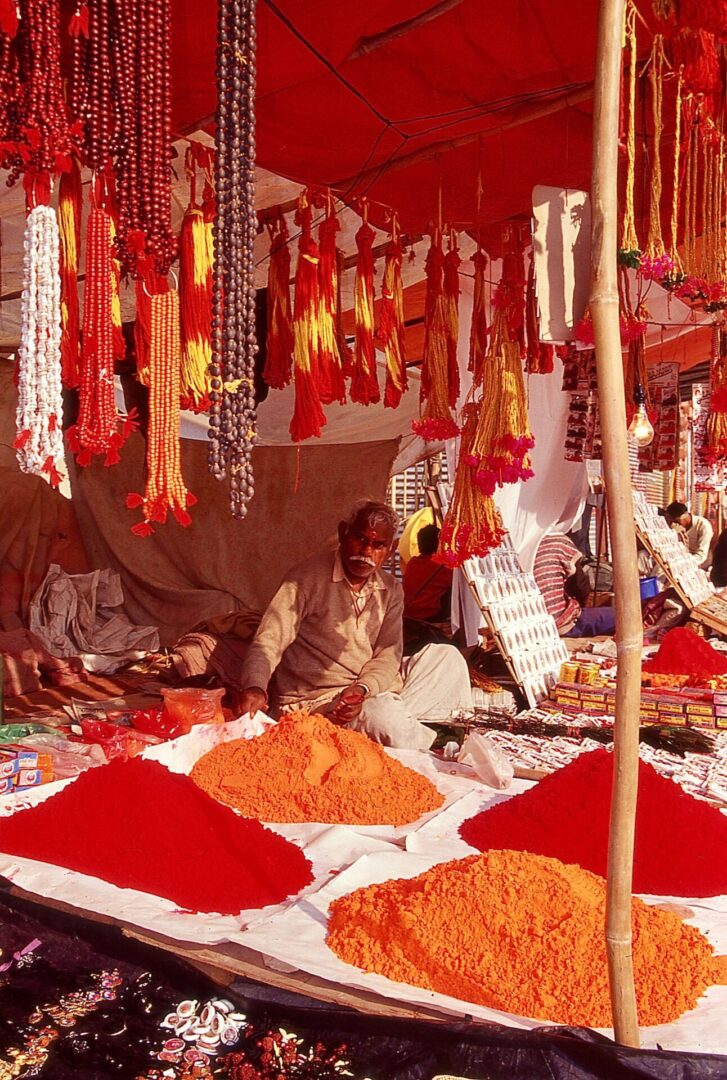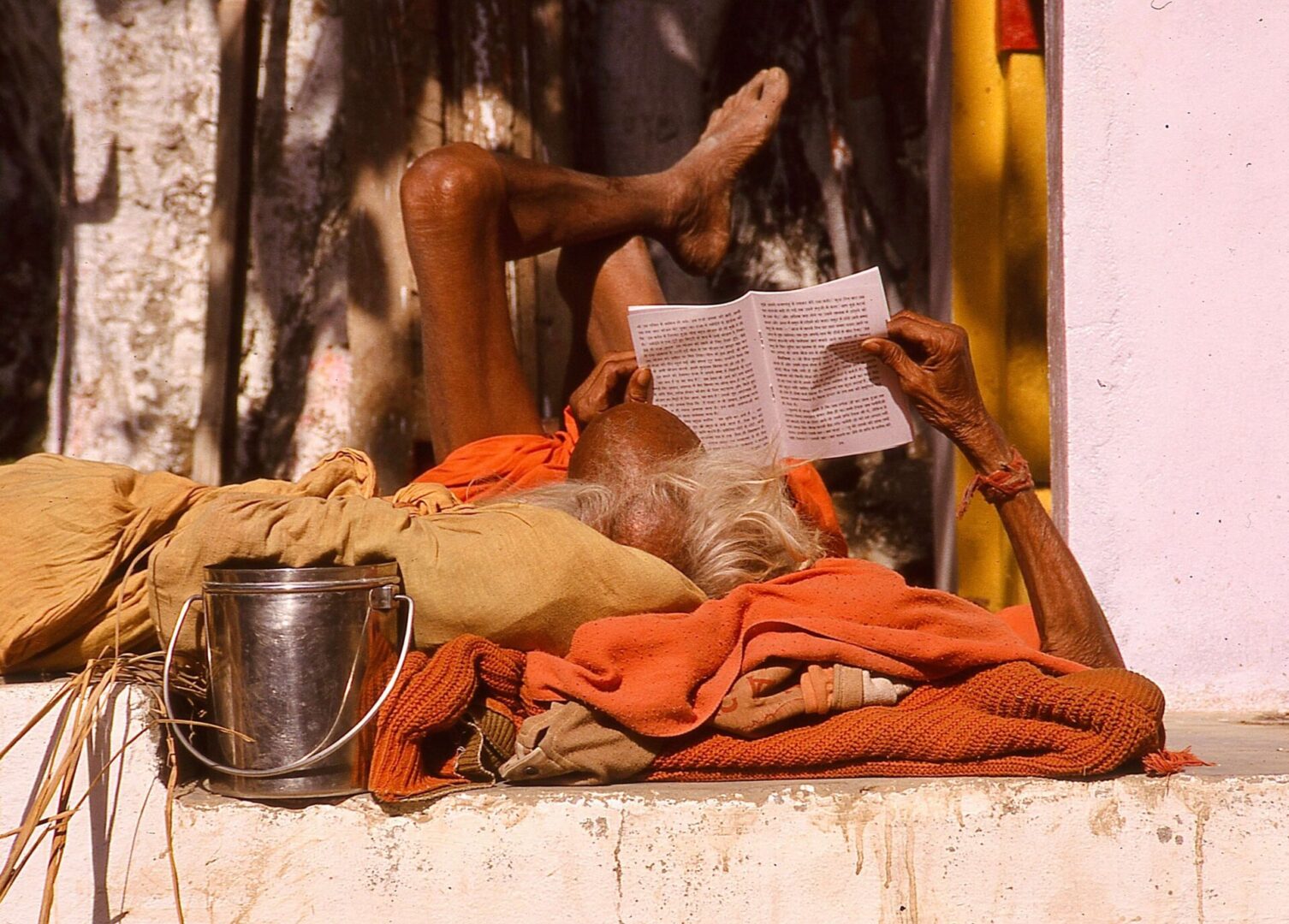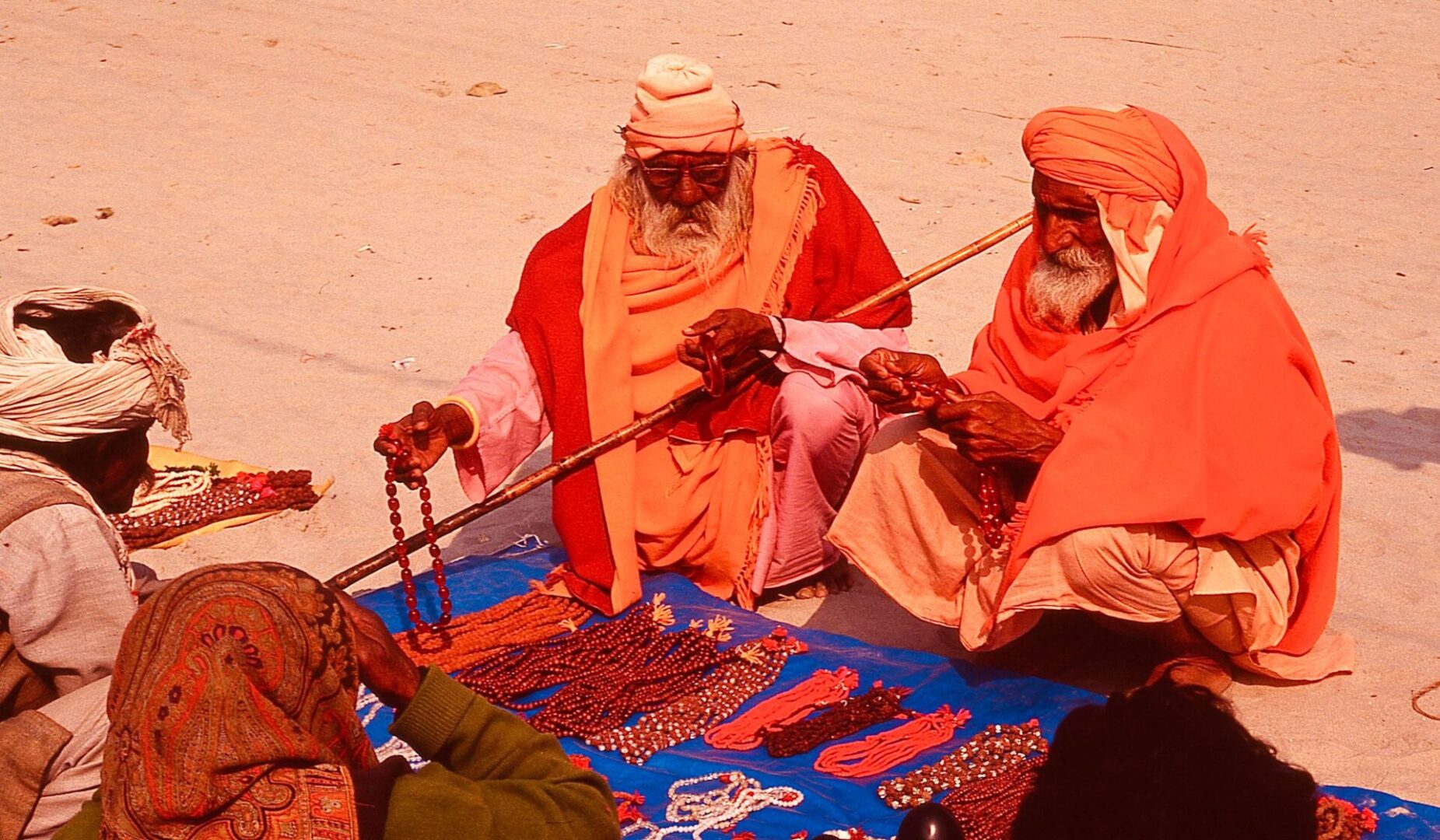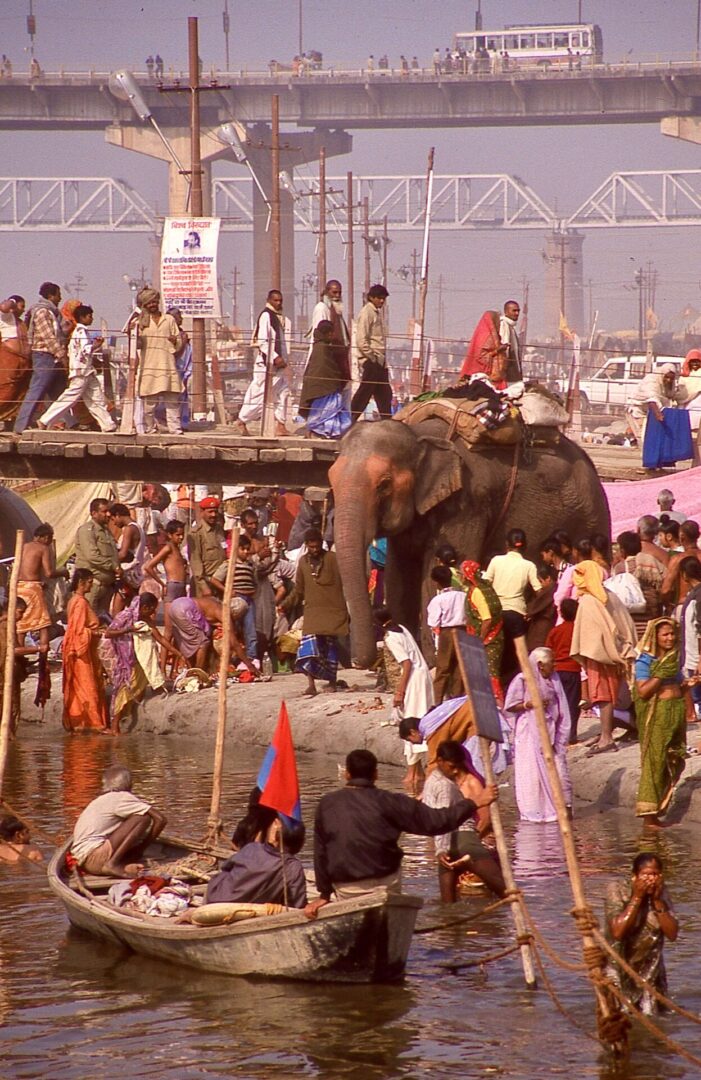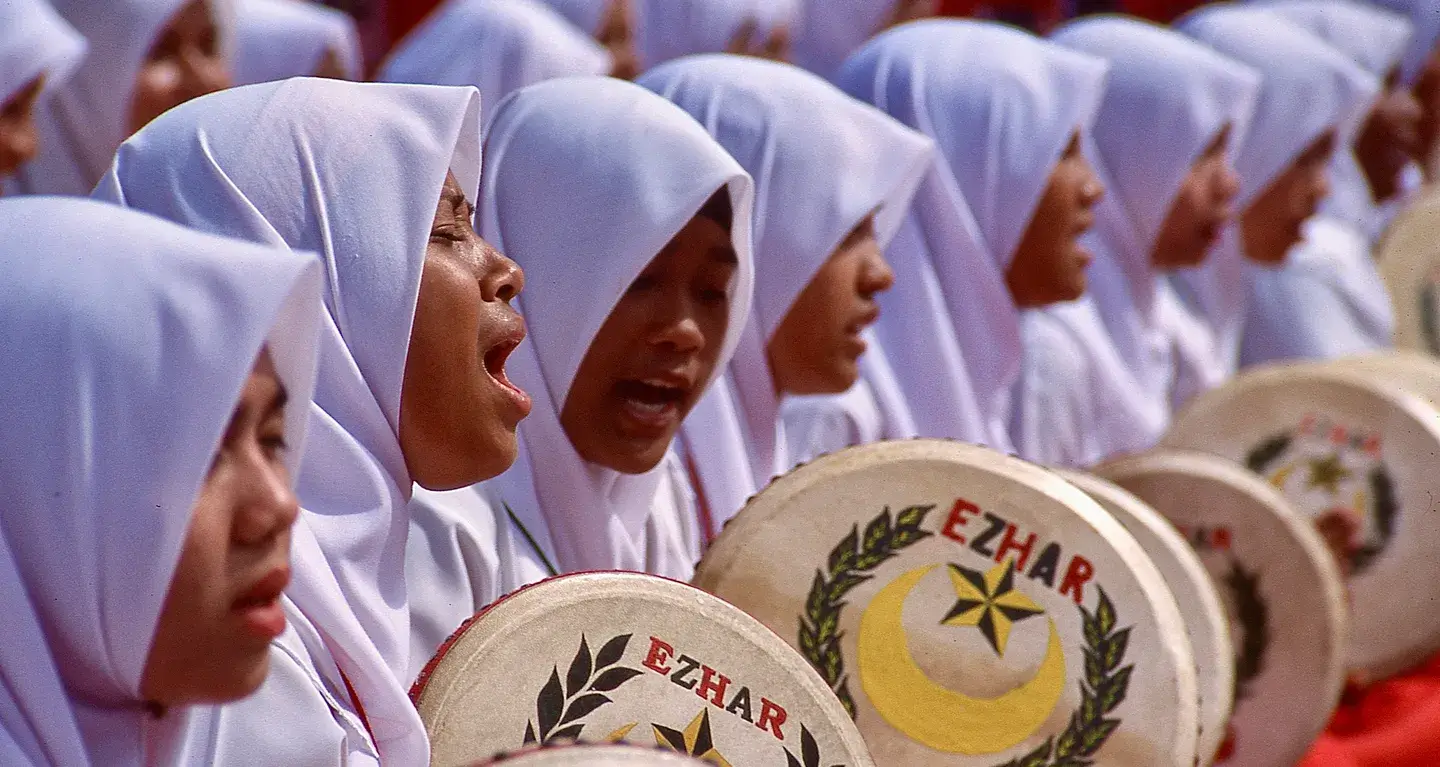
Cultural Traveler
"All journeys begin with the first step. But never truly end as the spirit of adventure, once awakened, inspires the traveler to follow the path of discovery … in Malaysia where the celebration of freedom reverberates to the hypnotic beat of exotic drums … in the churchyard of a small Mexican village where the glow of thousands of candles illuminates the way for Earth-bound souls … on the water’s edge of three sacred rivers in India where Hindus bathe to wash away the sins of a lifetime."
Sacred Waters Hold Promise of Salvation for 80 Million Souls
By JAMES EMOLO
North Jersey Media Group
Moved by the power of faith and guided by planetary alignment, they arrived by the tens of thousands carrying all they would need to sustain them on their pilgrimage to the Maha Kumbh Mela and, ultimately, salvation.
Held once every 12 years, from mid-January through February, 80 million believers gathered in 2001 at the confluence of three sacred rivers in Allahabad, India to wash away their sins and, hopefully, be assured of direct passage to heaven. Rich and poor traveled great distances and, in many cases, at great hardship to attend the Kumbh, inching their way to a favored guru's camp or an unclaimed spot on the sandy river bed.
The timing of the Maha Kumbh Mela is correlated to a specific alignment of the moon, sun and planet Jupiter. In 2001, the festival was particularly auspicious because it was the first Kumbh Mela of the new millennium and it marked the 12th anniversary of the event's 12-year cycle. As such, it attracted the greatest number of Hindu devotees, by far, in the history of the religious spectacle.
To control this cast of millions, Indian authorities erected corral-type pens to hold back the tide of pilgrims who might have otherwise rushed the most significant bathing sites at the most auspicious time to do so. But in the dark, pre-dawn hours of January 24, most in this mass of humanity waited their respective turns to take a "dip" in the waters where the Ganges, Yamuna and mythological Saraswati rivers converge. Traditionally, the naked, ash-smeared, monastic Naga ascetics have the distinction of leading the charge into the confluence of the rivers at the ideal astrological moment. They are followed by a regal procession of India's great mystics -- saints, sadhus, holy men, gurus and swamis.
Then, the joined river was transformed into a sea of devotees who stood shoulder to shoulder, hands reverently clasped in prayer, their eyes revealing the depth of their devotion. Many carried empty jugs, hoping to bottle the water’s soul-saving properties.
"This is the biggest religious meet in the world. All the saintly figures have joined hands," said Allahabad resident and businessman Rajesh Bagga. The head of one of the city's more prominent families, Bagga is a devotee of Maruti Ram Baba whose camp fed an estimated 15,000 poor and hungry people every day during the Maha Kumbh Mela.
"In the Hindu community," said Bagga, "feeding the needy is the way to salvation."
As the historic day approached early evening and the setting sun neared the horizon, smoke from burning campfires and dust stirred up from the sandy riverbed combined to create an oppressive haze over the festival site. But the atmospheric condition didn't seem to faze the multitude of pilgrims ... nothing that a "dip" in the rivers couldn't cure. After all, what's a little dust when you've washed away the sins of a lifetime.
